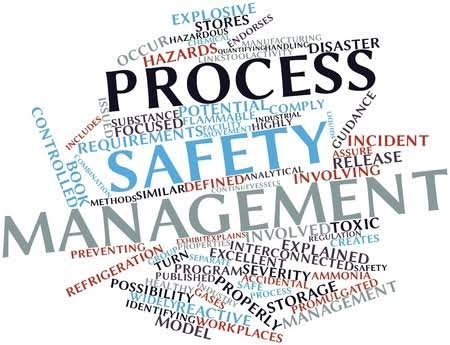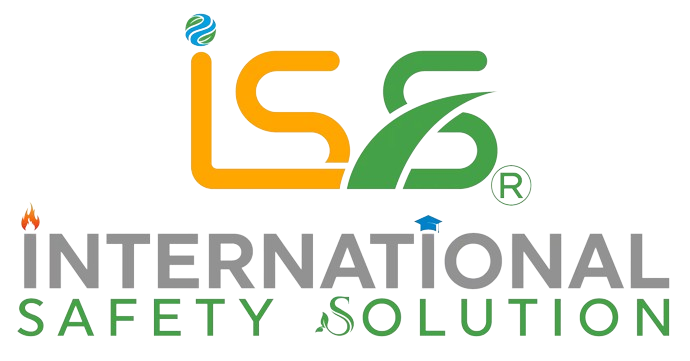Process Safety Management
Process Safety Management
I. Introduction
Definition of risk assessment and its importance
Explanation of the purpose of risk assessment in identifying and mitigating hazards
II. Hazard Identification
Overview of the steps involved in hazard identification, such as site inspections, task analysis, and reviewing incident reports
Explanation of the importance of identifying all potential hazards, including those that may be less obvious
III. Risk Analysis and Evaluation
Explanation of the risk analysis and evaluation process, including the use of risk matrices and other tools to assess the likelihood and severity of potential hazards
Overview of the importance of involving employees in risk analysis and evaluation to ensure all perspectives are considered
IV. Risk Mitigation
Overview of the measures that can be taken to mitigate risks, such as engineering controls, administrative controls, and personal protective equipment
Explanation of the importance of selecting appropriate control measures based on the severity and likelihood of the identified hazards

V. Review and Continuous Improvement
Explanation of the importance of regularly reviewing and updating the risk assessment process to ensure it remains effective
Overview of the role of continuous improvement in promoting workplace safety and reducing the risk of incidents and injuries
VI. Conclusion
Recap of the key points covered in the risk assessment description
Emphasis on the importance of risk assessment in identifying and mitigating hazards, and the role of employees in promoting workplace safety through effective risk assessment and management.

